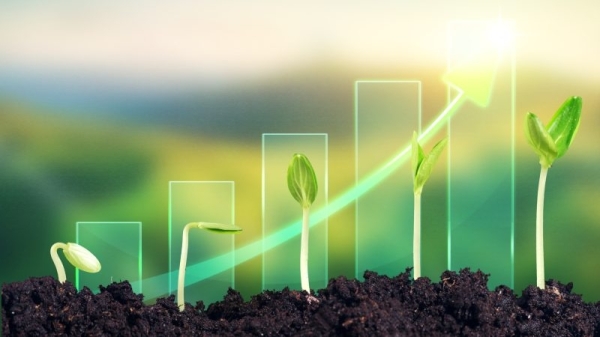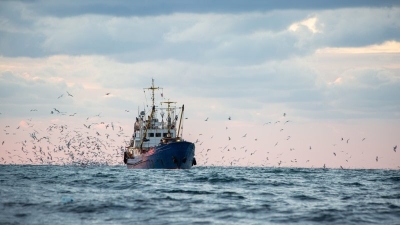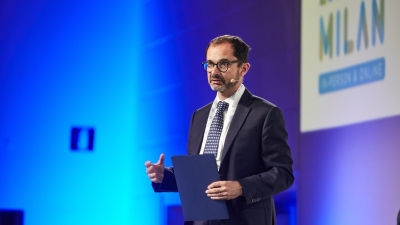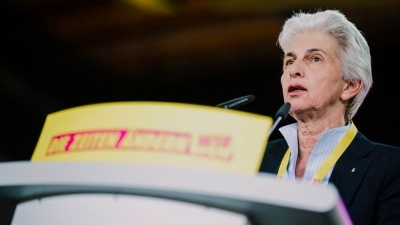Report reveals 111 bcm of sustainable biomethane potential for 2040

A new report by Guidehouse reveals that Europe (EU-27 + UK, Norway and Switzerland) could produce 111 bcm of biomethane by 2040. This amount represents over 30% of the EU gas consumption in 2022. As a renewable and domestically-produced source of gas, biomethane is gaining momentum and the industry is rapidly mobilising to speed up the decarbonisation of many sectors of the European economy.
Biogases will play an important role in the European Union’s (EU) ambition to achieve a net-zero future by 2050. Via the REPowerEU plan, the European Commission has set a target to produce 35 billion cubic metres (bcm) of biomethane annually in the EU by 2030, representing a ten-fold increase of biomethane production today.
Today, momentum is building to achieve the 2030 target, and the industry is mobilising fast into an exponential growth of biomethane. Europe is producing 4 bcm of biomethane (according to latest EBA consolidated data from 2022) thanks to newly built plants and the upgrading of existing biogas units. Additionally, raw biogas production mainly used in combined heat and power plants is currently at 17 bcm.
The EU’s focus is now turning to 2040 as a mid-term milestone towards climate-neutrality. The European Commission is recommending a 90% greenhouse gas (GHG) emission savings target by 2040, relative to 1990 levels. This will require further action to decarbonise across all sectors of the economy. The accompanying Impact Assessment shows that even in a scenario with accelerated electrification across the economy, there will still be a substantial demand for gas, which can be progressively replaced by renewable gases, such as biomethane.
The 2040 biomethane potential for Europe outlined in the Guidehouse report includes 75 bcm from anaerobic digestion (AD) and 37 bcm from thermal gasification. The biggest producers in 2040 are estimated to be Germany, France, Spain, Italy and Poland, as well as the United Kingdom (UK).
If we break down the AD share, the top 5 countries with higher potential include France, Germany, Spain, Italy, and Poland and have a biomethane production potential based on sequential crops (42%), animal manure (19%), and agricultural residues (19%). The remaining thermal gasification portion would mainly come from Sweden, Germany, Spain, UK, and France. 85% of the gasification feedstock would be composed of wood waste, forestry residues, and the organic fraction of municipal solid waste, according to the study.
In addition to the 2040 potentials, the paper provides a targeted update of the 2022 Gas for Climate study following the same assumptions and methodology, yet incorporating latest data and insights to review the potential estimates for 2030 and 2050. The latest analysis shows that up to 44 bcm of biomethane could be produced in Europe in 2030 and 165 bcm in 2050.
The Guidehouse assessment also factors in further insights into novel feedstocks and technologies that can boost the potential for biomethane production. Realising those potentials will require a favourable and stable policy environment that gives certainty to stakeholders across the biomethane value chain, but with the right conditions, there is significant potential waiting to be unlocked.
The novel feedstocks analysed can further scale-up biomethane production without contributing to an increase in land use change or compromising existing food or feed production while providing means for soil restoration. Among the feedstocks identified, the so-called marginal and contaminated land have the biggest potential, yet others such as seaweed and digestate offer also interesting prospects.
In terms of the innovative technologies, hydrothermal gasification is a very versatile one. It can process a wide variety of biogenic and fossil wastes and effluents and deliver significant benefits over traditional waste treatment technologies, such as incineration. Hydrothermal gasification initiatives are underway in several European countries, mostly at the pilot scale.
Likewise, the report highlights the potential of biomethanation. E-methane is a renewable gas that is produced by combining renewable hydrogen with a source of CO2. It has the potential to be carbon-neutral if the electricity emission-free and CO2 source is biogenic. E-methane can serve as a replacement to conventional fuels and utilise current natural gas infrastructure. Currently, there are several demonstration projects active across Europe and the amount and size of methanation plants have increased in recent years.



